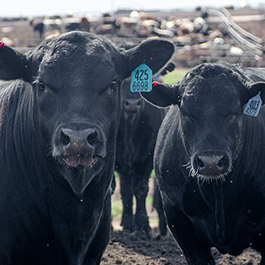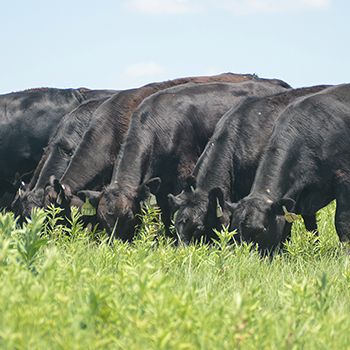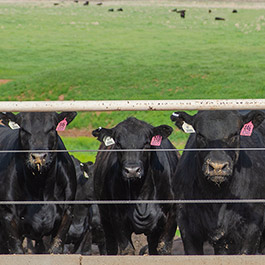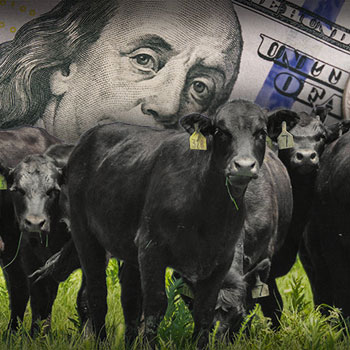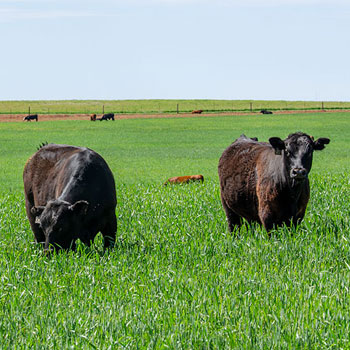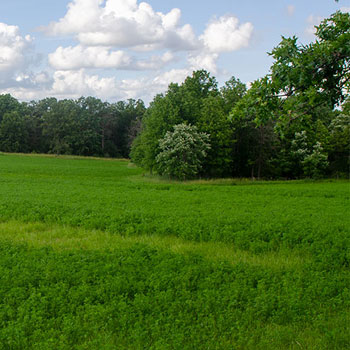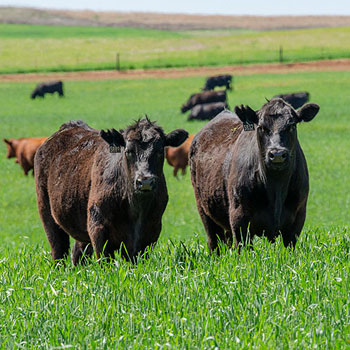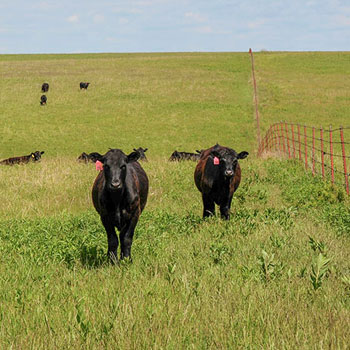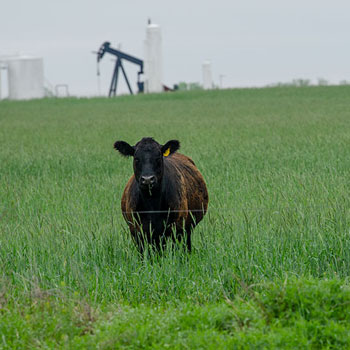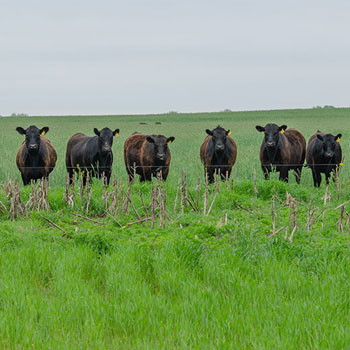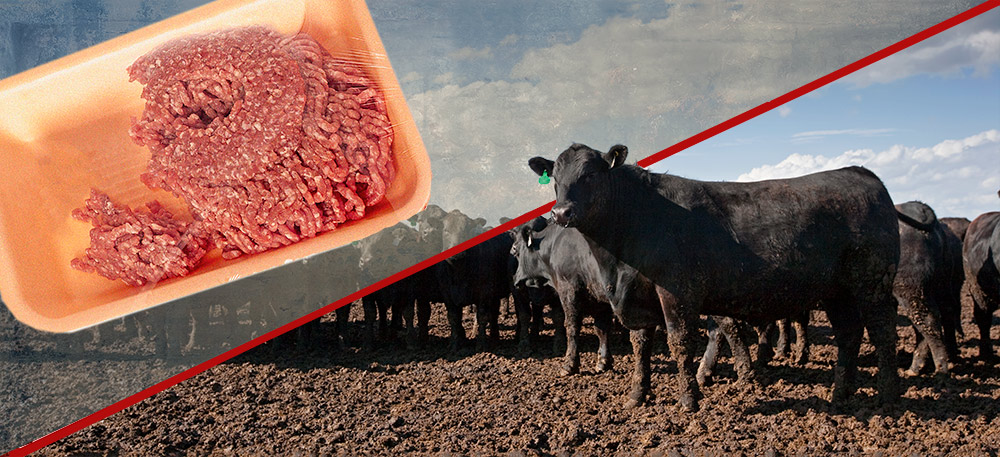
Market Paradoxes
Cattle market responses to recent market turmoil.
Economists often say market prices are determined by demand and supply. What they really mean is more correctly stated as “market prices are determined by expectations of demand and supply.” Under more stable and normal circumstances, this distinction is not particularly significant. However, the current market situation creates significant disparities between the current supply and demand situation and expectations for coming supply and demand conditions. The result is a number of seeming paradoxes between different cash cattle and beef markets and between cash and futures markets.
Fed- and feeder-cattle markets have exhibited extreme volatility while balancing current market conditions and expectations for the future. As the Dow Jones fell from more than 29,000 in the third week of February to less than 19,000 one month later, live-cattle futures fell from about $112 per hundredweight (cwt.) to $86 per cwt. (June contract) during the same period. The markets reflect the ongoing concern about the weakening U.S. and global macroeconomic conditions resulting from COVID-19. June live-cattle futures recovered to $97 per cwt. before dropping again to $89 per cwt. Live-cattle futures have also reflected the risk that labor disruptions could disrupt packing plant operations.
Cash fed-cattle prices declined from nearly $120 per cwt. in mid-February to a low around $106 per cwt. in mid-March. Cash fed prices declined on broader concerns reflected in the live futures and the supply pressure of increased beef production. Year-to-date beef production is up 6.3% through mid-March. In the past two weeks, cash fed-cattle prices rebounded to about $119 per cwt. as packers increased beef production in response to the sharp demand increase for retail beef. Beef production is estimated to be up more than 11% the last two weeks of March. Saturday cattle slaughter those two weeks is estimated to be up 90% year over year and contribute to a 5.9% year-over-year increase in total cattle slaughter for the two-week period. Carcass weights continue well above year-ago levels.
Feeder-cattle futures markets also reflected the macroeconomic uncertainty and declined from more than $143 per cwt. in mid-February to a low of about $109 per cwt. by mid-March (May contract). Feeder futures continue to exhibit tremendous volatility trying to balance the longer-term macroeconomic concerns with short-term market conditions.
Cash feeder-cattle prices followed futures with the Oklahoma combined auction prices for 500 lb.-550-lb. No. 1 steer prices dropping from about $184 per cwt. in the third week of February to a low near $152 per cwt. one month later. Prices for 750 lb.-800 lb. No. 1 steers declined from about $139 per cwt. to $117 per cwt. during the same period.
The sharp drop in cash prices resulted in a sharp drop in feeder-cattle marketings. Combined auction totals for Oklahoma declined 59% year over year in the last three weeks of March. Nationally, total feeder and stocker receipts are down 56% in the last three weeks of March. The squeeze on available feeder supplies pushed feeder prices sharply higher last week by 10%-12% during the previous week. Ripple effects will likely affect feeder-cattle markets in the coming weeks.
The different patterns of boxed-beef, fed- and feeder-cattle prices in the past six weeks illustrates vividly the fact that these markets operate with very distinct dynamics. These dynamics have become very apparent as the distinction between the current market situation and expectations for future supply and demand conditions has widened.
Editor’s note: Derrell Peel is a livestock marketing specialist for Oklahoma State University Extension. This article is reprinted with permission from OSU Extension’s March 30 Cow-Calf Corner newsletter.

